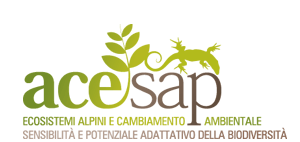| Antarctica’s terrestrial environment is a challenge to which very few animals have adapted. The largest, free-living animal to inhabit the continent year-round is a flightless midge, Belgica antarctica. Larval midges survive the lengthy austral winter encased in ice, and when the ice melts in summer, the larvae complete their 2-yr life cycle, and the wingless adults form mating aggregations while subjected to surprisingly high substrate temperatures. Here we report a dichotomy in survival strategies exploited by this insect at different stages of its life cycle. Larvae constitutively up-regulate their heat shock proteins (small hsp, hsp70, and hsp90) and maintain a high inherent tolerance to temperature stress. High or low temperature exposure does not further upregulate these genes nor does it further enhance thermotolerance. Such ‘‘preemptive’’ synthesis of hsps is sufficient to prevent irreversible protein aggregation in response to a variety of common environmental stresses. Conversely, adults exhibit no constitutive up-regulation of their hsps and have a lower intrinsic tolerance to high temperatures, but their hsps can be thermally activated, resulting in enhanced thermotolerance. Thus, the midge larvae, but not the adults, have adopted the unusual strategy of expressing hsps continuously, possibly to facilitate proper protein folding in a cold habitat that is more thermally stable than that of the adultsbut a habitat subjected frequently to freeze-thaw episodes and bouts of pH, anoxic, and osmotic stress. |
 Continuous up-regulation( 724 KB)
Continuous up-regulation( 724 KB)





